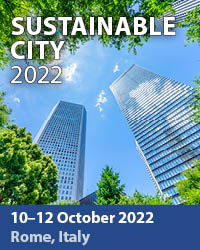The Garden Of Burle Marx In The Palace Of The Lions In The City Of St. Luis, Brazil
Price
Free (open access)
Transaction
Volume
158
Pages
9
Page Range
127 - 135
Published
2016
Size
1,177 kb
Paper DOI
10.2495/DSHF160121
Copyright
WIT Press
Author(s)
B. I. Wasinski Prado
Abstract
Heritage and design are two terms that refer to the past and the future respectively. This paper discusses landscape design and its features about the past and the importance, to the future, of perpetuating these values. The debate is about the objective and subjective values which matter so much to the past, about the future of local and national culture, in the complex dialogue between the past and the future of the landscape work of the Lions Palace Gardens in St. Luis, Maranhão, Brazil. This “open space” has been part of an architectural and landscape urban historical, since 1614. These values are, also expressed in the garden through Roberto Burle Marx’s design, built in 1968 and in 1973 and mischaracterized over time. The garden transformations were studied by historiography and morphological analysis. It is considered that today, in the case of an intervention, the modernist values that we are interested in preserving, it should be highlighted as an original product of Brazilian thought and of their “doing of the thing”, and especially those values that would be capable of enjoyment in the future. The work of Roberto Burle Marx deserves to be crystallized, recovered and preserved, because it is a cultural asset, a heritage that expresses a unique landscape design that transcends the decisions of the local government.
Keywords
design, garden, heritage, Burle Marx, Palace of the Lions





